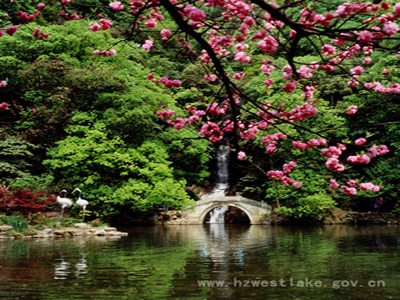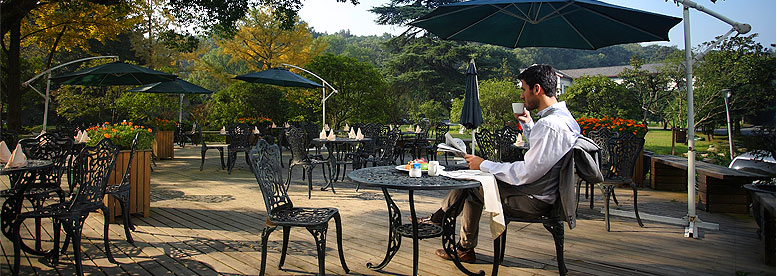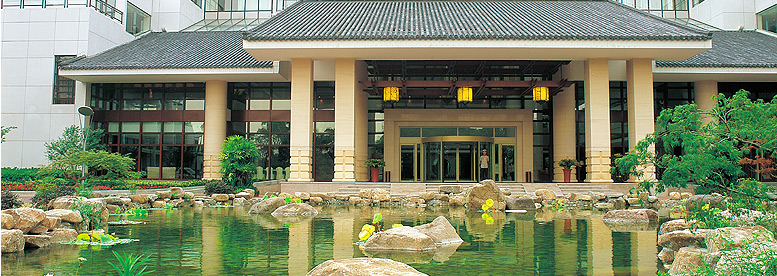New Top Ten Scenes of the West Lake-Nine Creeks Meandering through a Misty Forest

Nine Creeks are commonly known as “Nine Creeks and Eighteen Ravines”, the Eighteen Ravines refer to large number of trickles. The scenic spot is located at the Jiguan Ridge at the west of the West Lake. It originates from the Waxberry Ridge of the Wengjia Moutain and meets with nine creeks on its way, namely Qingwan Creek, Hongfa Creek, Tangjia Creek, Xiaokang Creek, Foshi Creek, Baizhang Creek, Yunqi Creek, Qingtou Creek and Fangjia Creek. The creeks are circuitous and now visible, now hidden, and finally pour into the Qianjiang River.
In 1947, the famous geologist Li Siguang came to Nine Creeks twice to make glacier expedition. He found the relics of ancient glaciers and thought that in the 4th century, two or three million years ago, Hangzhou West Lake was still a world full of ice and snow. At that time, Dragon Well was a basin for water storage and loaded with a large quantity of ice and snow. The water from it flew out from the southeast of the Nine Creeks and Eighteen Ravines and formed the arduous sector of Nine Creeks and Eighteen Ravines. During the Republic of China, there were two or three private tea shops in the area of Nine Creeks and Eighteen Ravines, which sold tea and supplied West Lake lotus root powder, osmanthus sugar, etc. The number of tables and chairs equipped in the tea shop is not large. In fine days of spring or autumn, tourists here take the rock at the bank of ravine as tables and chairs to have a rest. After 1975, the Garden Departments reconstructed and newly built Nine Creeks restaurants, tea rooms and reception rooms in four stages; cleaned up the environment of mountain forests, dredged the spring and pools, built dams and painting bridges, arranged the rocky mountain paths, and constructed pavilions, which greatly enlarged the area for sightseeing.





